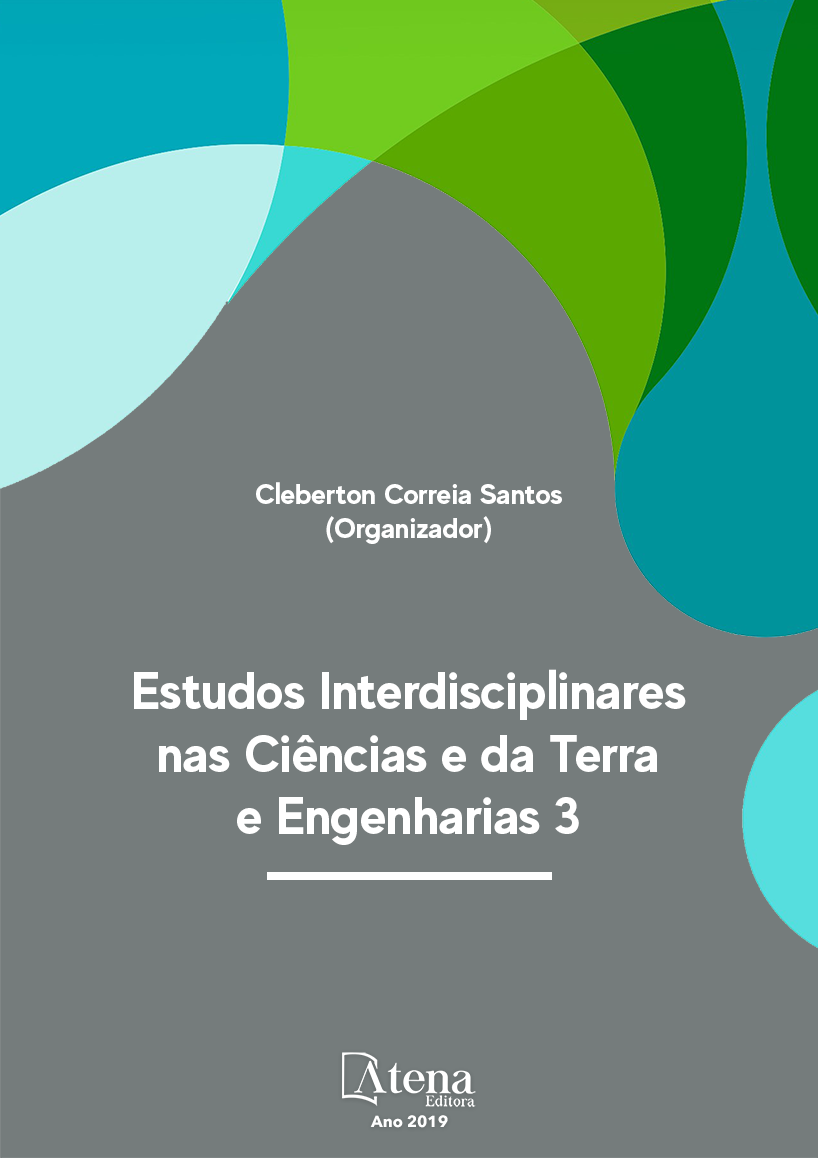
LAMINADOS DE MATRIZ POLIÉSTER REFORÇADOS COM FIOS DE JUTA NA FORMA DE TECIDO E ORIENTADOS A 0°, 45° E 90°
As fibras vegetais têm sido
estudadas como alternativa na substituição de
fibras sintéticas, pois além de serem de fontes
renováveis, baixo consumo e abundantes
na natureza, são de fácil trabalhabilidade. A
literatura propõe que compósitos poliméricos
reforçados por fibras contínuas, alinhadas
e unidirecionais possuem as melhores
propriedades mecânicas. Neste contexto, esta
pesquisa apresenta laminados de materiais
compósitos de matriz poliéster reforçados por fios
de juta com arranjos, distribuição e orientação
em que as fibras sintéticas geralmente têm bom
desempenho. As configurações dos laminados
nos compósitos foram 0°/0°/0°, 0°/45°/0°,
0°/90°/0° e 0°/Tecido/0°. As lâminas com 0° e
45° foram produzidas manualmente, enquanto
que a do tecido foi fornecida pelo fabricante.
A fabricação dos compósitos foi feita através
da técnica de laminação manual (hand-layup).
Corpos de prova foram produzidos segundo a
norma ASTM D3039, para ensaio de tração e
avaliação de propriedades como força máxima,
deslocamento correspondente à força máxima,
limite de resistência à tração e módulo de
elasticidade. O compósito que apresentou
maior resistência à tração foi o laminado na
configuração 0°/0°/0°, com 69 MPa, seguido
do laminado 0°/Tecido/0°, com 52,42 MPa,
seguido do 0°/45°/0°, com 47,17 MPa e
0°/90°/0°, com 43,31 MPa. Além da avaliação
das propriedades mecânicas, também foram
avaliados os mecanismos de fratura dos corpos
de prova após o ensaio de tração.
LAMINADOS DE MATRIZ POLIÉSTER REFORÇADOS COM FIOS DE JUTA NA FORMA DE TECIDO E ORIENTADOS A 0°, 45° E 90°
-
DOI: 10.22533/at.ed.716191030923
-
Palavras-chave: Compósitos poliméricos; fibras vegetais; propriedades mecânicas; laminação manual.
-
Keywords: Polymer composites; natural fibres; material mechanical properties; hand-layup lamination
-
Abstract:
Natural fibres have been studied as an alternative to synthetic fibres.
Natural fibres are usually from renewable sources, abundant in nature and they are
easy to work with. Current literature suggests that continuous fibre reinforced polyester
composites unidirectionally aligned have the strongest mechanical properties. This
study presents composite laminate materials of polyester matrix reinforced with jute
thread. The natural fibre in the laminates used in this study were arranged, distributed
and oriented in the same way as synthetic fibres would be arranged in laminates to
achieve their strongest mechanical properties. The configurations of the laminates
in the composites were 0°/0°/0°, 0°/45°/0°, 0°/90°/0° and 0°/fabric/0°. The 0° and
45° layers were produced manually, while the manufacturer supplied the fabric. The
composites were produced using hand-layup technique. The samples used in this study
were produced according to ASTM3039 specifications. The samples were subjected to
a tensile test to investigate their mechanical properties, such as maximum strength,
displacement corresponding to maximum strength, tensile strength and modulus of
elasticity. Test results showed the composite material with laminate configuration
0°/0°/0° had the highest tensile strength, 69 MPa. The laminate with 0°/fabric/0°
configuration had tensile strength of 52,42 MPa, the one with 0°/45°/0° configuration
had tensile strength of 47,17 MPa and the laminate with 0°/90°/0° configuration had
the lower tensile strength, 43,31 MPa. In addition to the mechanical properties analysis
the samples were analysed for the fracture mechanics behaviour after the tensile test.
-
Número de páginas: 15
- José Emílio Medeiros dos Santos
- Igor dos Santos Gomes
- Maurício Maia Ribeiro
- Roberto Tetsuo Fujiyama
- Douglas Santos Silva


